A well-run homeowners association (HOA) in Anaheim, CA, relies on an effective maintenance plan. Regular upkeep enhances common areas, preserves property values, and fosters a sense of safety. Property managers and board members should establish a routine maintenance schedule and proactively plan for repairs to adhere to HOA regulations. Partnering with local companies like Fontaine Roofing in Anaheim, CA, can provide expert assistance for roofing needs. With clear communication and strategic planning, you can manage maintenance effectively, ensure compliance, and maintain your community’s appeal.
Understanding HOA Maintenance Standards and Legal Requirements
Every HOA in California must adhere to strict rules and community standards. The property manager ensures the maintenance plan addresses all key aspects of the property while complying with state laws. Following these regulations safeguards association funds and prevents fines or resident dissatisfaction. Board members must monitor maintenance, communicate with vendors, and maintain up-to-date records to demonstrate compliance during inspections.
Next, let’s explore the laws affecting HOA compliance in California and how board oversight enhances maintenance efficiency.
Contact Us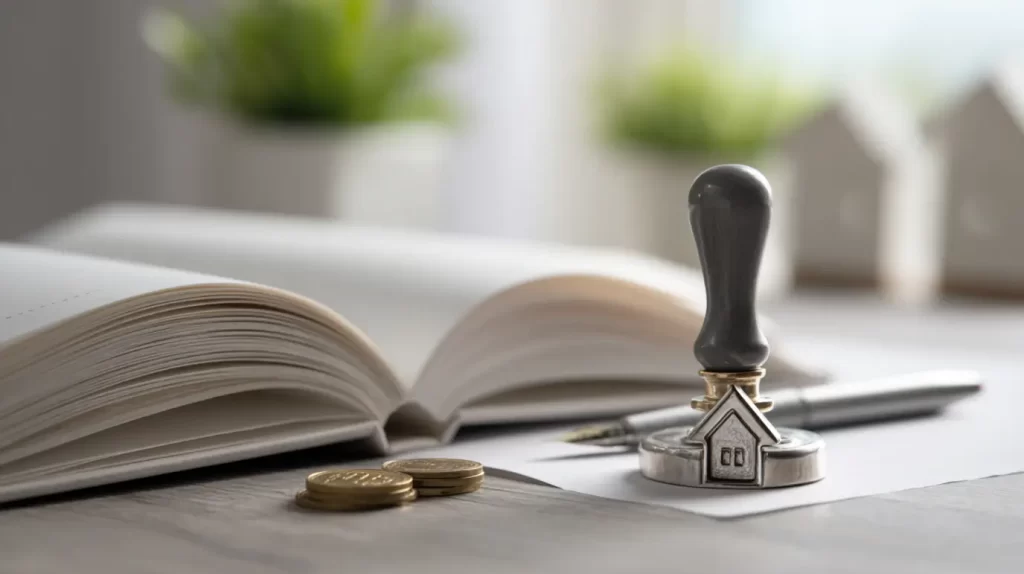
Key Compliance Laws Impacting HOAs in California
HOA communities in California must follow the Davis-Stirling Act, which mandates regulations for resident and property protection. This includes regular inspections, reserve studies, and transparent financial reporting.
Timely maintenance updates, clear documentation, and open communication are required. Non-compliance can lead to fines, disputes, and decreased property values. The board oversees tasks like roof inspections and landscaping while managing funds effectively. Engaging licensed contractors and maintaining accurate records are essential for community safety and financial stability.
Role of the HOA Board in Maintenance Oversight
Effective HOA board oversight is crucial for task management and issue prevention. Boards should conduct regular inspections, review work orders, and allocate repair funds. Collaborating with property managers ensures timely maintenance aligned with community plans.
Keeping residents informed and addressing maintenance issues promptly fosters trust and satisfaction. Partnering with certified service providers like Fontaine Roofing in Anaheim guarantees quality work that meets legal standards. Clear communication and thorough record-keeping facilitate quick issue resolution, cost control, and protection of property values.
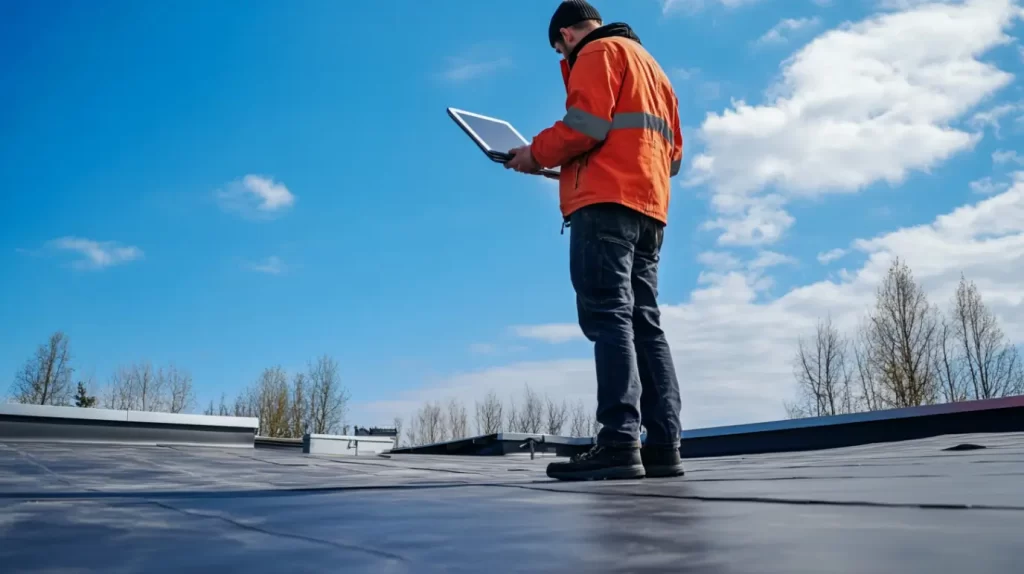
Essential Components of an HOA Maintenance Schedule
A good HOA maintenance plan should include a straightforward checklist with clear tasks, deadlines, and assigned responsibilities. This schedule should cover routine maintenance, provide regular updates, and include periodic checks to ensure nothing is overlooked. Property managers and board members must collaborate on this plan, adapting it as community needs evolve and incorporating feedback from residents and service providers.
Two key elements for every HOA maintenance checklist are building exterior care and landscaping rules.
Exterior Common Areas, Roofing, and Structures
Maintaining exterior common areas, roofing, and structures is crucial for community safety and aesthetics. A well-planned maintenance schedule with routine inspections helps identify wear early, preventing minor issues from escalating into costly repairs and supporting property values.
A detailed HOA maintenance checklist keeps board members and property managers organized and ensures all activities are documented. Regular updates on service providers enhance ongoing projects. Prioritizing energy efficiency and proper lighting in common areas improves the community and contributes to the HOA’s long-term financial stability.
Landscaping, Irrigation, and Gardening Policies
Effective landscaping, irrigation, and gardening policies enhance a community association’s aesthetics and property values. A thorough maintenance schedule should include regular checks of planting areas and irrigation systems to meet HOA standards. Preventative measures like seasonal plant care and proper watering can minimize water damage and pest problems.
Clear communication with landscaping companies is crucial. Regular updates and detailed maintenance records ensure transparency and efficiency. A structured HOA maintenance checklist helps board members and property managers track tasks, keeping the community attractive and boosting residents’ property values.
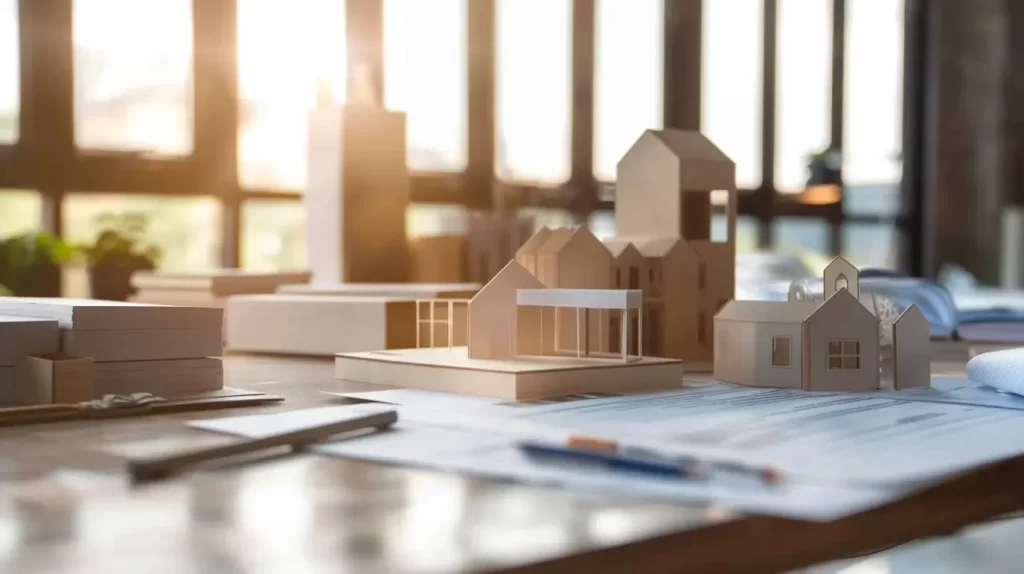
Step-by-Step Guide to Creating a Maintenance Schedule
To set up a maintenance schedule, begin by assessing property needs and listing all assets. Key components include reserve studies, regular inspections, and clear work orders. Prioritizing tasks and establishing timelines helps managers and board members use their time and resources effectively, ensuring smooth operations.
Let’s outline the process step by step, starting with your asset list and prioritizing maintenance tasks.
Assessing Property Needs and Asset Inventory
A thorough property needs assessment involves systematically reviewing community assets such as common areas, buildings, landscaping, and infrastructure. This inventory ensures the HOA maintenance checklist aligns with community standards and addresses current and potential issues.
Maintaining detailed records enhances the HOA’s preventative maintenance strategy. By identifying wear signs and scheduling inspections, associations can proactively manage tasks, minimizing major problems. These assessments promote financial stability through accurate reserve studies, ensuring adequate funding for future projects. Ultimately, understanding property needs boosts aesthetic appeal and enhances property values for all residents.
Prioritizing Tasks and Setting Maintenance Intervals
A logical hierarchy for maintenance tasks is essential for an effective HOA schedule. Prioritizing critical activities like gutter cleaning, roof inspections, and landscaping ensures the safety and appeal of common areas. A maintenance checklist keeps HOA boards organized and on track.
Establishing routine maintenance intervals promotes consistency and minimizes larger issues. Regular inspections facilitate early problem detection, encouraging cost-effective preventive measures. Clear communication with property managers and service providers enhances accountability, ensuring timely execution of tasks while maintaining community standards.
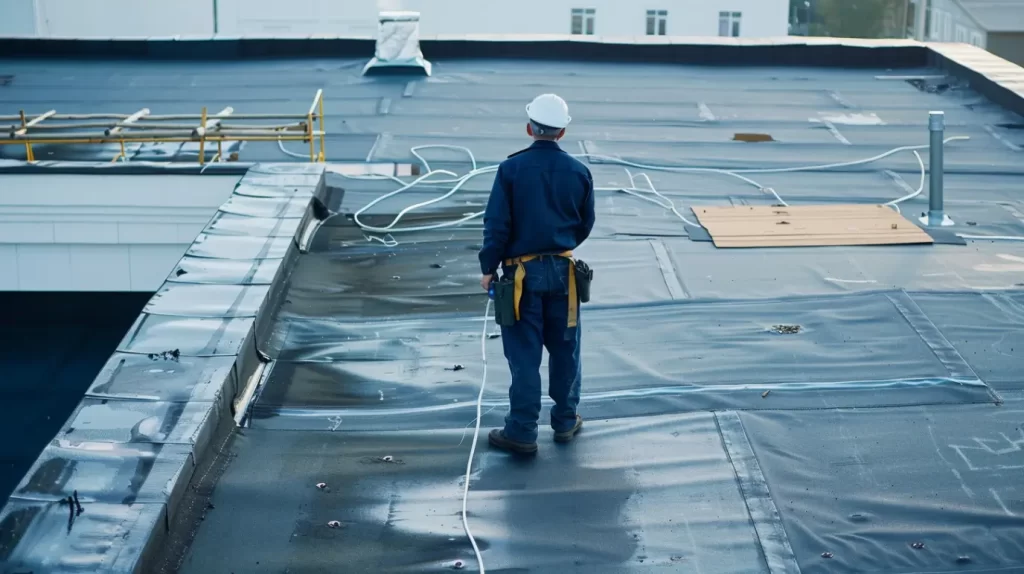
Frequency and Timing for Inspections and Servicing
A solid plan for regular inspections and maintenance ensures optimal performance and compliance with HOA standards. When conducting periodic inspections, consider the asset type, usage, and associated risks to enhance safety and reduce costs. Schedule checks monthly, quarterly, or annually as needed. For assets requiring more attention, like roofing systems, time inspections according to the season.
Next, we’ll explore inspection intervals for roofing systems and distinguish seasonal tasks from routine ones.
Roofing System Inspections—What HOAs Need to Know
Roofing systems require diligent monitoring by property managers and board members to prevent water damage and costly repairs. Regular inspections by certified professionals like Fontaine Roofing can identify early signs of wear and leaks.
Commercial roofs in Anaheim, CA, should be inspected biannually, with additional checks after storms. Preventative maintenance, such as gutter cleaning and flashing inspections, can extend roofing material lifespan.
Maintain detailed records for compliance, insurance, and budgeting. Partnering with experts like Fontaine Roofing—GAF Master Elite Contractor, CertainTeed Shingle Master, and Polyglass Preferred Contractor—ensures your HOA receives top-quality service and materials.
Seasonal vs. Routine Maintenance Tasks
Seasonal maintenance is crucial for maintaining the condition and appearance of common areas in HOA communities. These scheduled tasks address weather-related challenges that can affect property values, such as checking roofs for leaks in winter and focusing on landscaping in spring.
Routine maintenance ensures systems like HVAC, electrical, and plumbing stay functional. This proactive approach includes regular inspections to resolve minor issues before they escalate. Balancing seasonal and routine maintenance helps HOAs preserve community integrity and ensure resident safety.
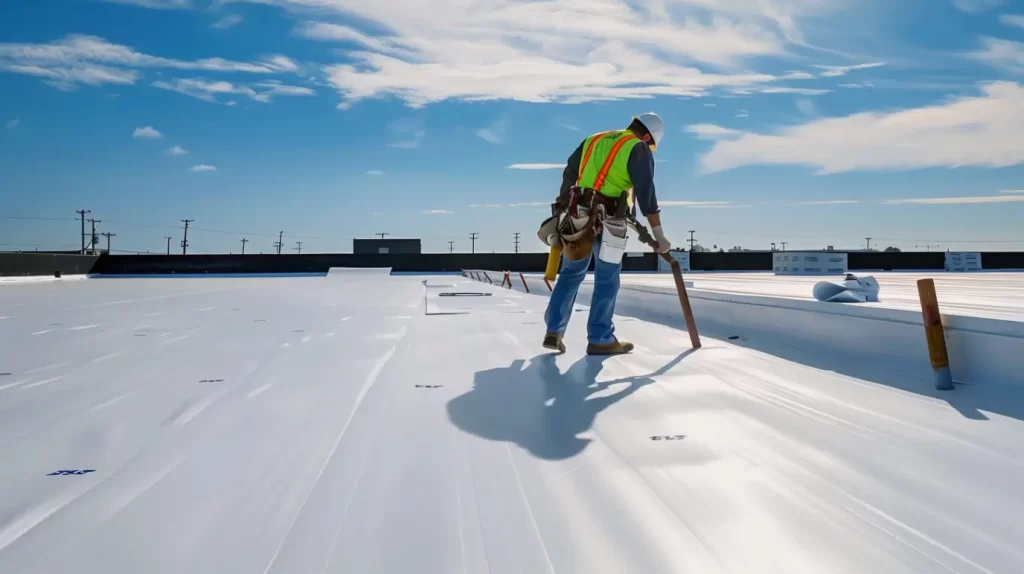
Common Mistakes and Challenges in HOA Maintenance Scheduling
Many HOAs encounter common mistakes that can lead to significant issues later. Neglecting preventative maintenance may result in costly repairs and increased resident complaints. Insufficient regular upkeep, poor documentation, and weak communication also pose major challenges. To mitigate these risks, property managers and board members should proactively plan using clear strategies and collaborate with trusted vendors.
Now, let’s examine two key challenges: overlooking preventive maintenance and managing vendor communication within tight budgets.
Overlooking Preventative Maintenance and Documentation
Neglecting preventative maintenance can lead to significant issues for homeowner associations (HOAs), including water damage and compromised electrical systems, which increase costs and decrease property values. A strong maintenance plan should emphasize regular inspections and thorough record-keeping to prevent minor problems from escalating.
An effective HOA maintenance checklist fosters clear communication among board members, property managers, and service providers. Organized records of past tasks facilitate informed budgeting decisions and future projects, enhancing financial stability and community satisfaction. This proactive approach preserves the appeal of common areas, benefiting all residents.
Addressing Vendor Communication and Budget Constraints
Effective vendor communication is vital for smooth operations in homeowner associations (HOAs). Regular maintenance updates prevent misunderstandings and ensure service providers meet community needs. Clear communication encourages proactive issue resolution.
Budget constraints can impede maintenance projects. A comprehensive preventative maintenance plan helps HOAs allocate funds wisely. By prioritizing regular inspections and major repairs, boards can maintain financial stability and preserve property values. Transparent communication with vendors enhances budget management and aligns maintenance with HOA standards.
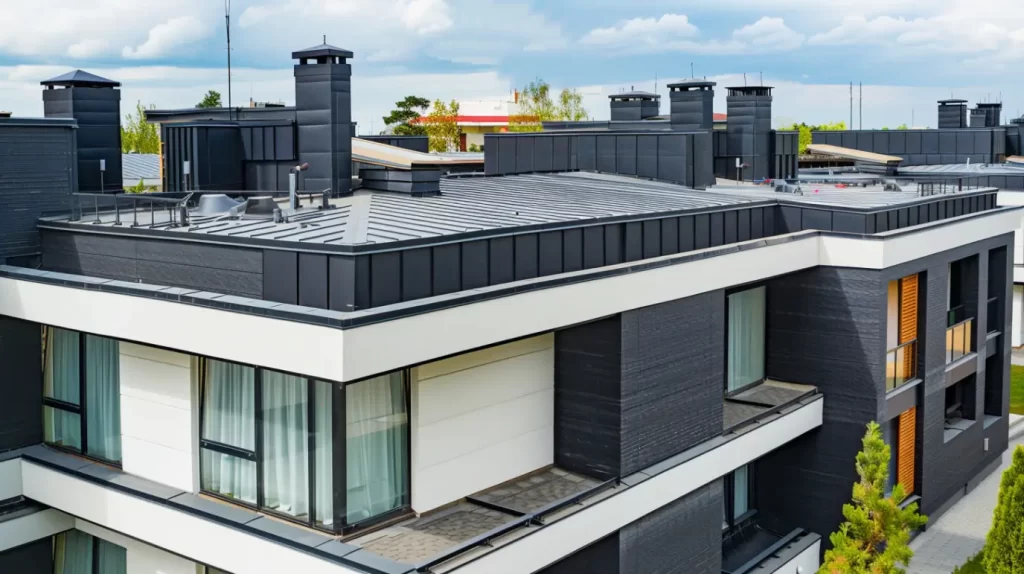
Streamlining Maintenance with Technology and Professional Partners
Today, HOAs can make it easy to handle maintenance activities and plan for future projects with digital tools. When you use a single platform for things like scheduling, handling work orders, and talking with the team, management becomes simple and effective. Working with service providers who are experts, like Fontaine Roofing, means you get the best know-how and top materials.
Now, let’s see how technology helps and why choosing local experts in Anaheim, CA can be a great idea.
Using Digital Tools and Automation
Implementing digital tools and automation can revolutionize maintenance management in homeowners associations. A centralized platform streamlines tracking of service providers, scheduling inspections, and maintaining an HOA maintenance checklist. Automation ensures timely reminders for preventative maintenance, preventing small issues from escalating.
Moreover, digital tools enhance communication among HOA board members, property managers, and residents, fostering engagement and effectively prioritizing projects to boost property values. By integrating technology, associations can analyze maintenance data for future projects, enhancing efficiency and financial stability in community management.
Advantages of Working with Fontaine Roofing in Anaheim, CA
Partnering with our company, Fontaine Roofing, offers homeowner associations expert maintenance solutions. Our understanding of HOA standards ensures compliance and boosts community aesthetics and property values. By utilizing our services, associations can streamline maintenance schedules for inspections and projects. Fontaine Roofing’s proactive maintenance identifies potential issues early, saving money on costly repairs. We prioritize clear communication with HOA boards and property managers to foster collaboration, while our established relationships with service providers enable comprehensive maintenance plans, from roofing repairs to electrical upkeep.
Get in Touch
In summary, having a maintenance schedule that aligns with your HOA standards is crucial for maintaining property value and compliance. By prioritizing community needs, you can prevent common issues and ensure thorough maintenance. Partnering with a trusted expert like Fontaine Roofing in Anaheim, CA, simplifies this process. As a GAF Master Elite Contractor and CertainTeed Shingle Master, we possess the expertise to meet and exceed HOA requirements. Contact us today for a consultation to develop an effective maintenance plan!
Read our blog: Implementing Cool Roofs for Multi-Unit Housing
Frequently Asked Questions
What is our most common and complained about HOA violation?
The most common issue in HOAs arises from neglecting common areas and regular maintenance. Delays in cleaning or repairs can lower property values and prompt resident complaints. By implementing preventive maintenance and promptly addressing common area upkeep, you can prevent these problems and keep residents satisfied.
How do you create a maintenance schedule?
To create a maintenance schedule, begin with a list of tasks and use reserve studies for planning. Schedule regular inspections to ensure all parts function well. Maintain detailed records of activities to track progress. Prioritize tasks by urgency and season, assigning clear responsibilities to ensure nothing is overlooked.

